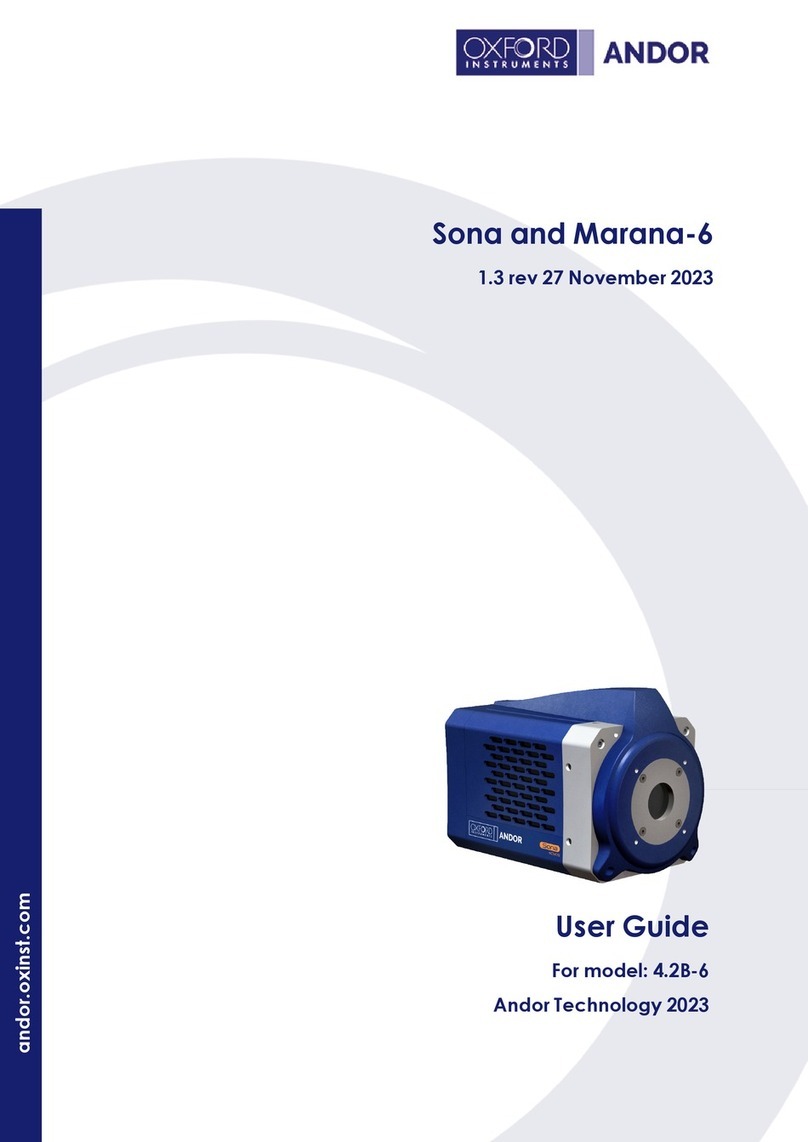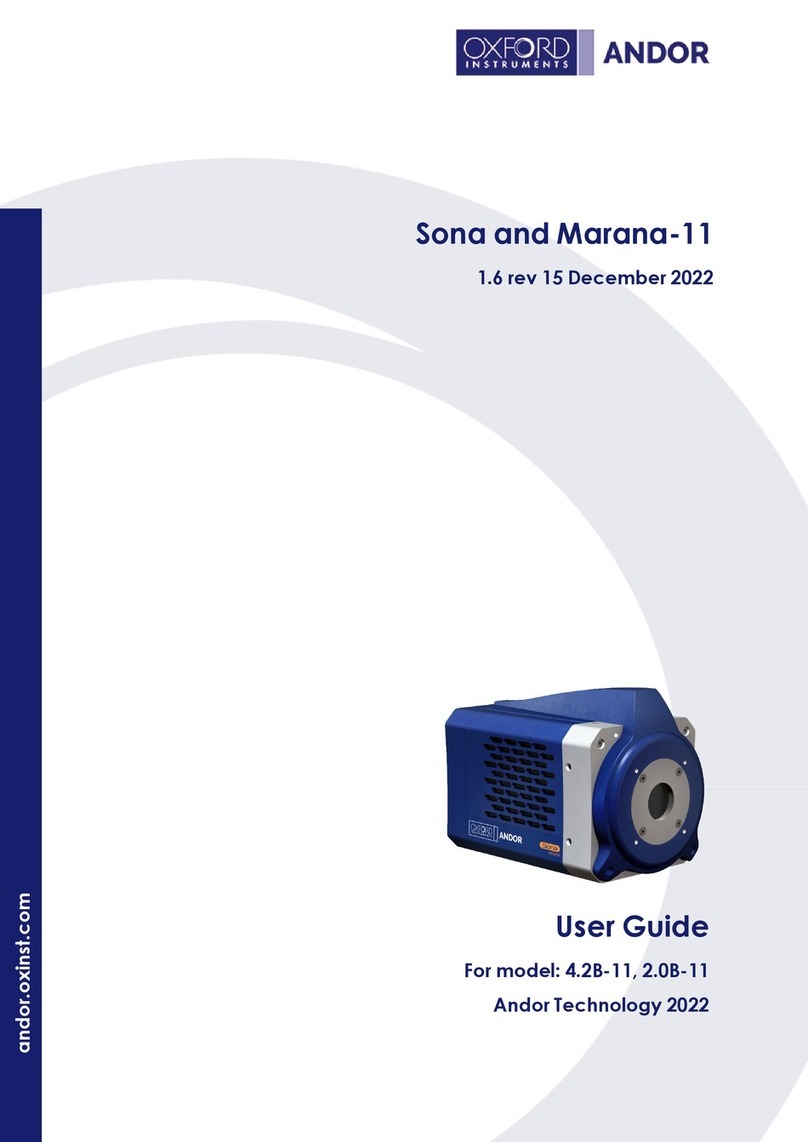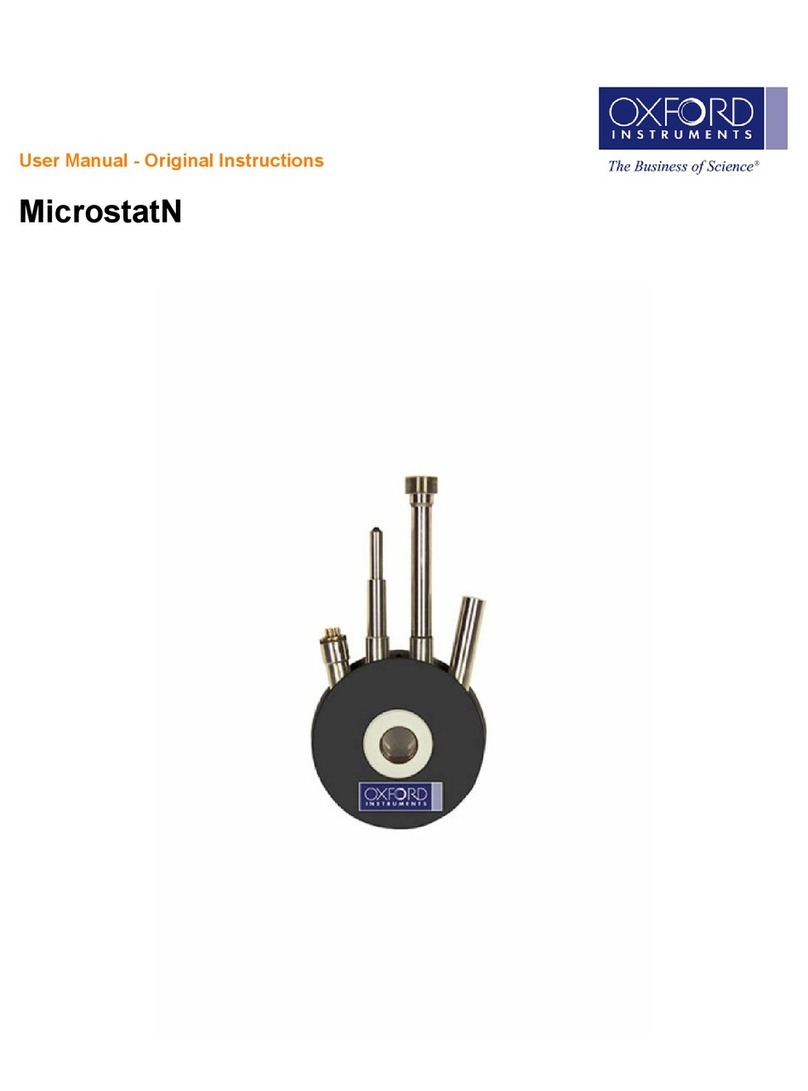
3|Page
3.2.3 Precision height and rotate sample probe....................................................................18
3.2.4 Sample holders..............................................................................................................18
3.3 The cryogen transfer siphon .................................................................................................19
3.4 MercuryiTC temperature controller .....................................................................................19
3.5 System wiring........................................................................................................................ 19
3.6 Sensor calibrations................................................................................................................20
3.7 Gas flow pump and flow controller ......................................................................................20
3.8 System dewar........................................................................................................................ 20
3.9 Weights and dimensions.......................................................................................................20
4 System installation........................................................................................................................ 21
4.1 Unpacking the system...........................................................................................................21
4.2 System configurations...........................................................................................................21
4.3 Evacuating the outer vacuum chamber................................................................................23
4.4 Preparing the transfer siphon...............................................................................................23
4.5 Preparing sample probe wiring............................................................................................. 23
4.6 Exhaust gas connections .......................................................................................................23
4.7 Connecting to the MercuryiTC temperature controller .......................................................24
5 System operation.......................................................................................................................... 26
5.1 Preparations..........................................................................................................................26
5.2 Loading the sample probe and exchange gas.......................................................................26
5.3 Cooling the system................................................................................................................27
5.4 Operation below 4.2 K .......................................................................................................... 28
5.4.1 Transitioning from 4.2 K operation............................................................................... 29
5.5 Operation above 4.2 K .......................................................................................................... 30
5.5.1 Controlling at a ‘set temperature’ ................................................................................31
5.5.2 Operation above 300 K ................................................................................................. 32
5.6 Changing samples ................................................................................................................. 32
5.7 Warming up the system........................................................................................................33
5.8 Removing and replacing the OVC and radiation shield ........................................................34
5.9 Changing system windows.................................................................................................... 35
5.9.1 OVC windows ................................................................................................................ 35
5.9.2 Radiation shield windows .............................................................................................36
5.9.3 Sample space windows .................................................................................................37
5.10 Operating with liquid nitrogen..............................................................................................38
6 Service and maintenance..............................................................................................................39
































